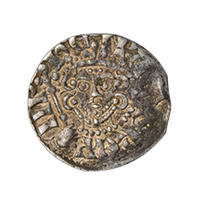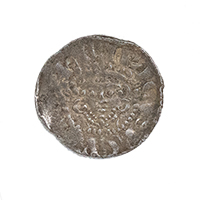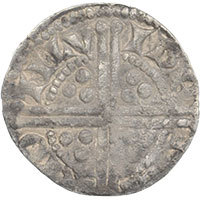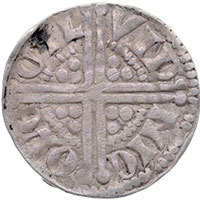The son of King John and Isabella of Angoulême, Henry III ascended the throne at the young age of just nine. His father, the ever unpopular King John, died in 1216 in the middle of the First Baron's War, leaving young Henry to take the throne amidst the mess of war.
The Pretty Little Knight
At the age of nine, Henry was of course too young to rule a country. A number of regencies ruled on Henry's behalf until 1234, including William Marshal, Earl of Pembroke, and Hubert de Burgh.
When he took over as the reigning King of England, it's thought he never quite learnt the skill of taking control of a country.
Henry proved to be a kind king but an incompetent one. In many ways, Henry was the stark opposite of his father. He was generous and civilised, with little skill or even interest in fighting. Following in the footsteps of the peaceful Edward the Confessor, Henry was in love with the arts and spent a great deal of money and time on his artistic projects. He famously rebuilt Westminster Abbey and many other abbeys across England were built under his reign. Oxford and Cambridge Universities also began to flourish.
The Personal Reign of King Henry III
During his reign, Henry made a number of moves to regain some of the Platageant ancestral lands in France, all of which the French managed to block in one way or another.
Just a few years after Henry took over the running of the country, he married Eleanor of Provence. Eleanor's sister had already married Louis IX, the King of France – it was yet another tie that linked Henry to the French.
Unlike her husband, Eleanor was a strong-willed character. It's thought she managed to wrap the weaker Henry round her little finger and as such her French family were well taken care of at the expense of the English economy.
He was far too generous with his own French relatives as well. After his father's death, his mother, Isabella, went back to her home country of France. There, she married Hugh X of Lusignan, the son of Hugh IX, who she'd been betrothed to before she married King John. They had many children together and, kind as he was, Henry invited a number of his half-brothers to England to assume important positions.
A Reign of Political Instability & the Second Baron's War
It wasn't long before the barons began to protest at Henry's French influences, as well as his inability to run an effective, just government. The French-born Simon de Montfort, who happened to be Henry's brother-in-law, saw the need to limit the king's ability to run England however he liked. He led the rebellion, forcing the king to sign the Provisions of Oxford in 1258, which would appoint a council of 15 to help govern the country and limit royal power.
The arrangement didn't last long. In 1261, Henry rejected the Provisions of Oxford and regained his power. The barons were once again in uproar and, in 1264, the Second Baron's War broke out.
On the 14th of May 1264 at the Battle of Lewes, Simon de Montfort defeated and captured Henry, placing him and his son Edward under house arrest. Whilst they were confined, de Montfort took over control of the government, calling representatives to form a council – the beginnings of Parliament as we know it today.
Prince Edward, who was much more able than his father, managed to escape his capture in 1265 and, alongside the king's army, defeated de Montfort at the Battle of Evesham in 1265. Henry was once again restored as King of England.
The End of King Henry III
After the war, Henry returned to his love of arts and church building; he was very weak at this point and it was Prince Edward who took charge of the government.
Henry III died on the 16th of November 1272, at the age of 65. His body is buried in Westminster Abbey, the work of art he tirelessly rebuilt during his reign. The first Plantagenet to be laid to rest in the Abbey, his tomb fittingly lies beside the shrine of Edward the Confessor.
The throne then went to Henry's son, King Edward I.



.jpg)


